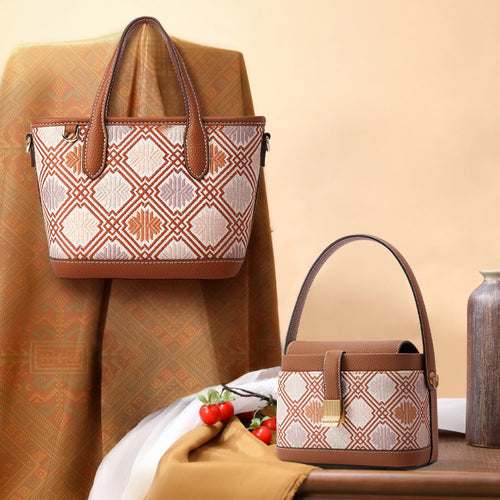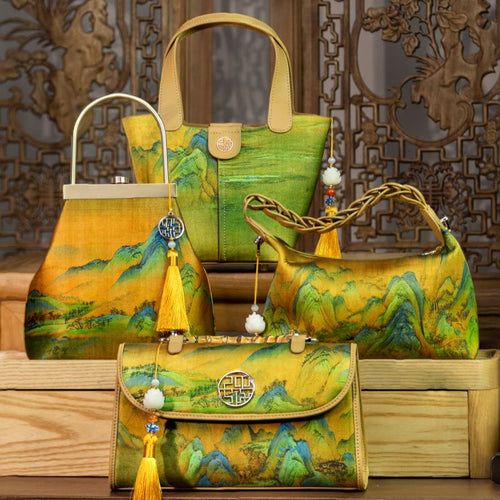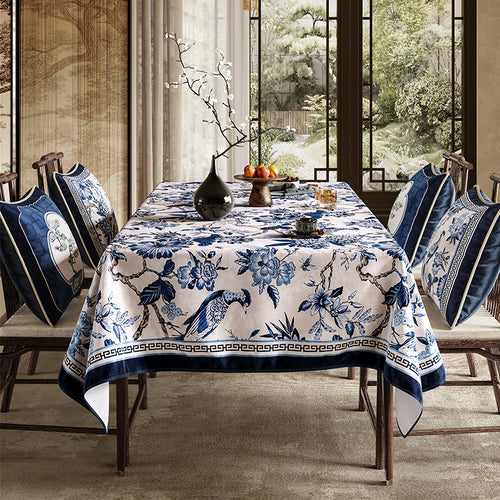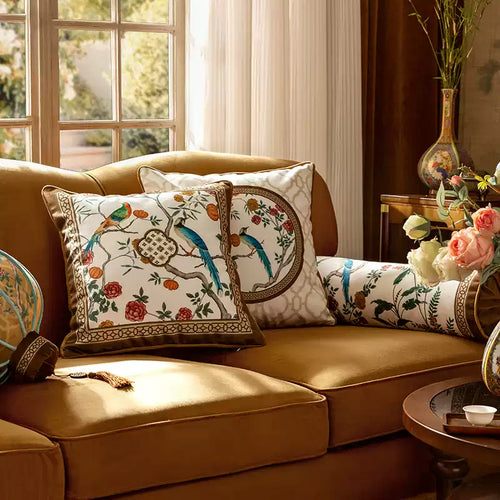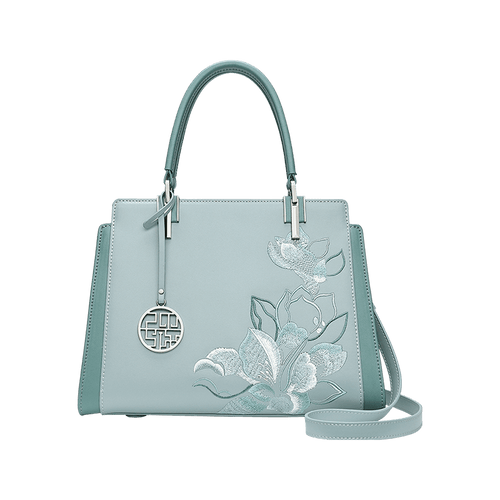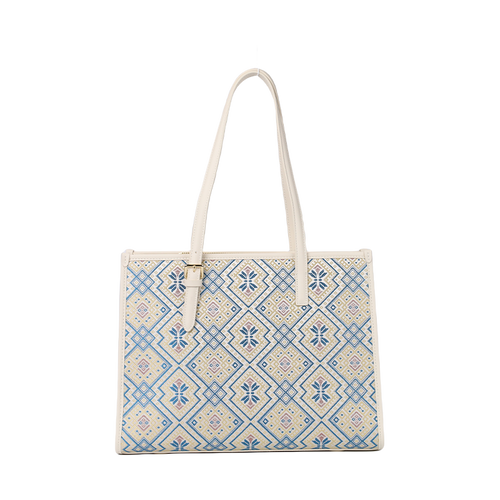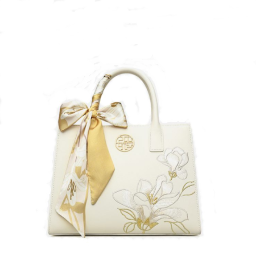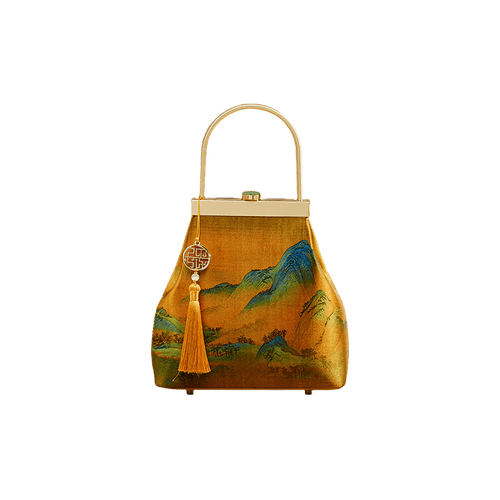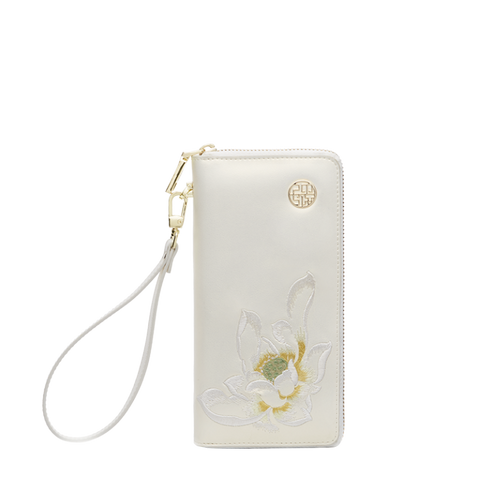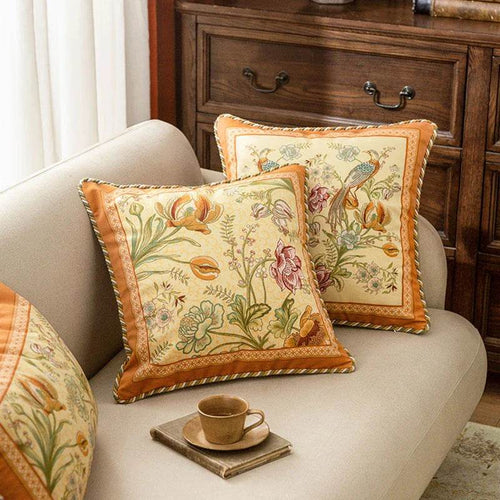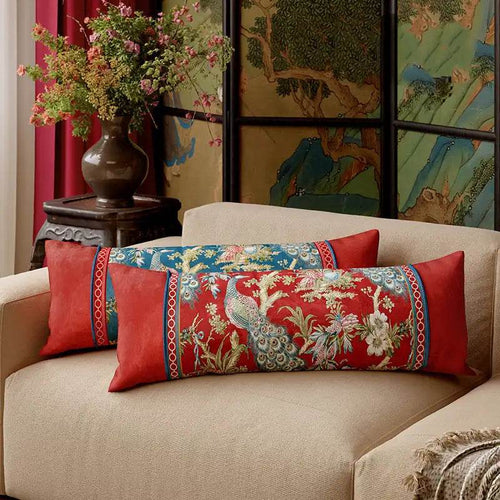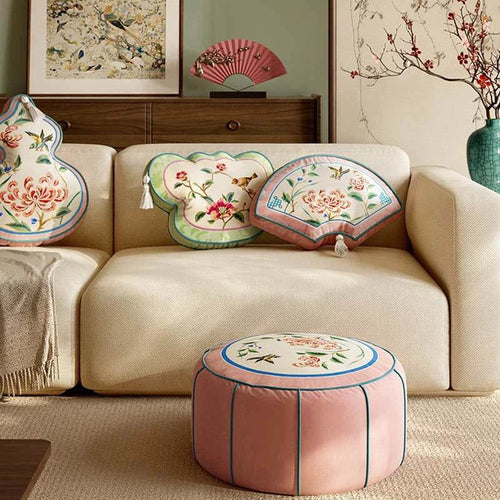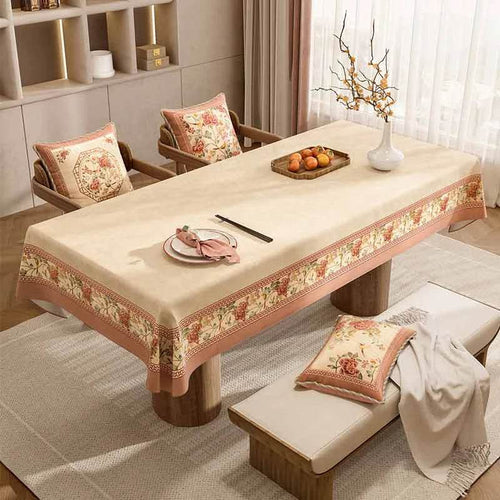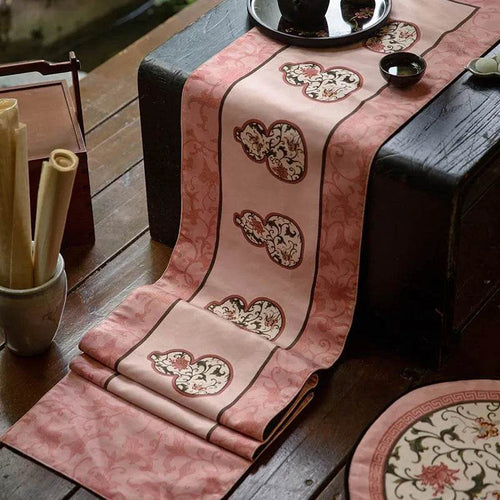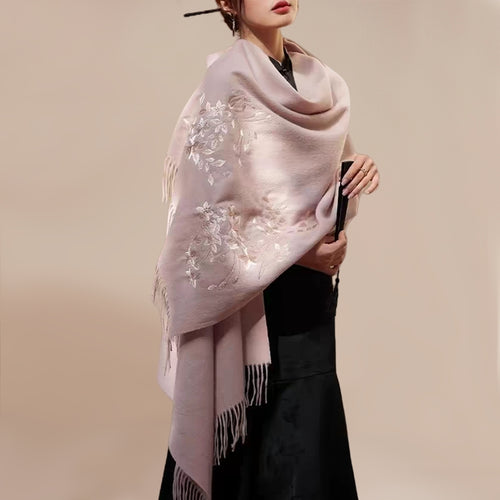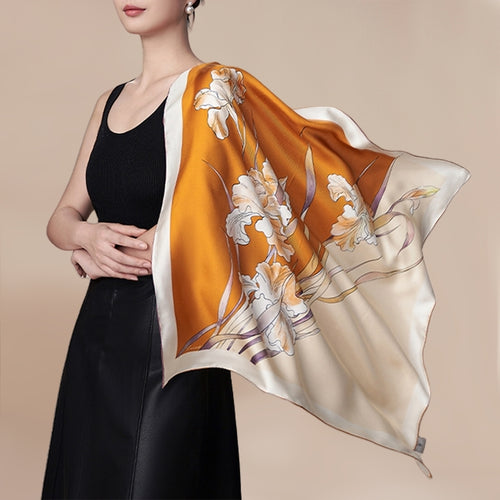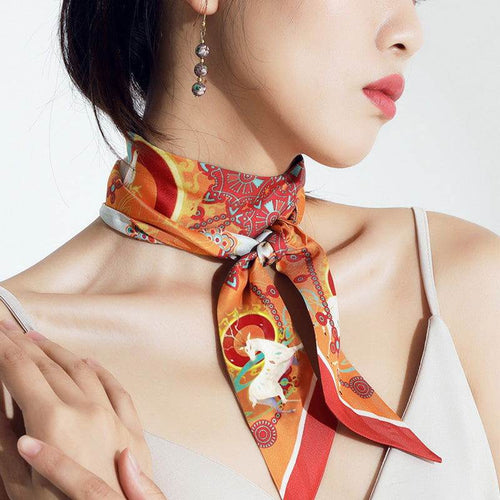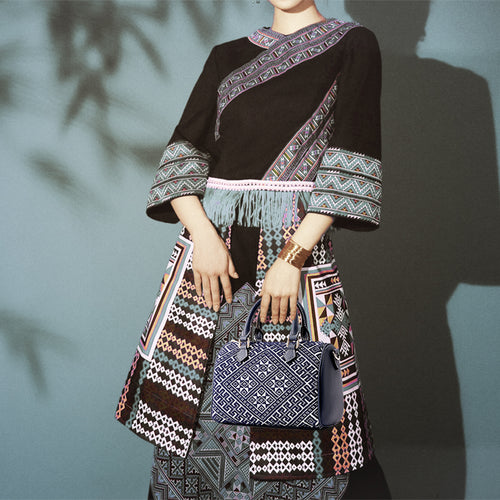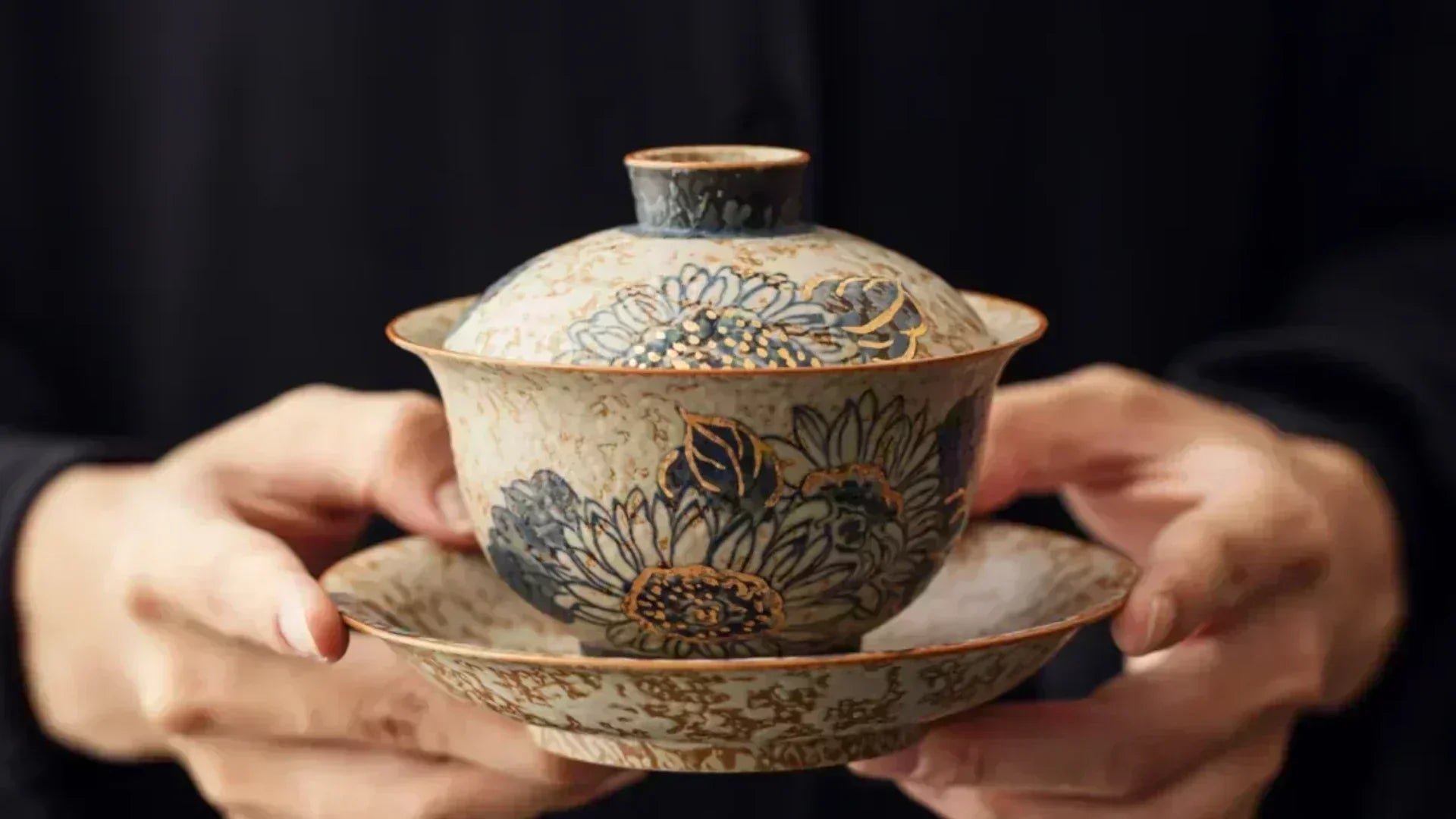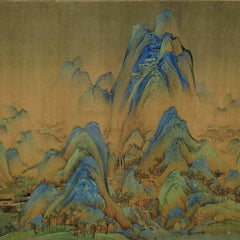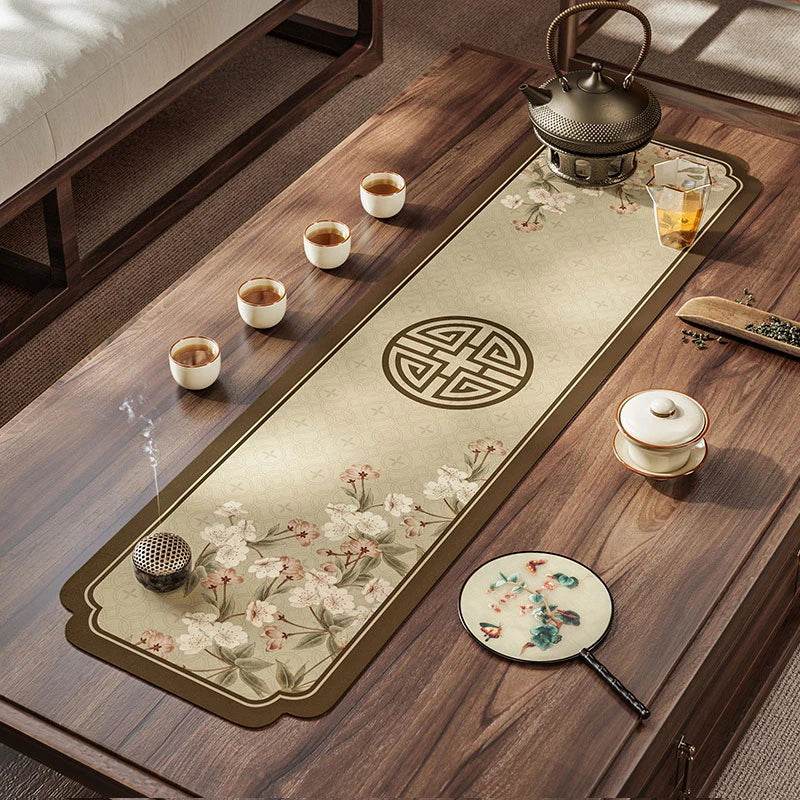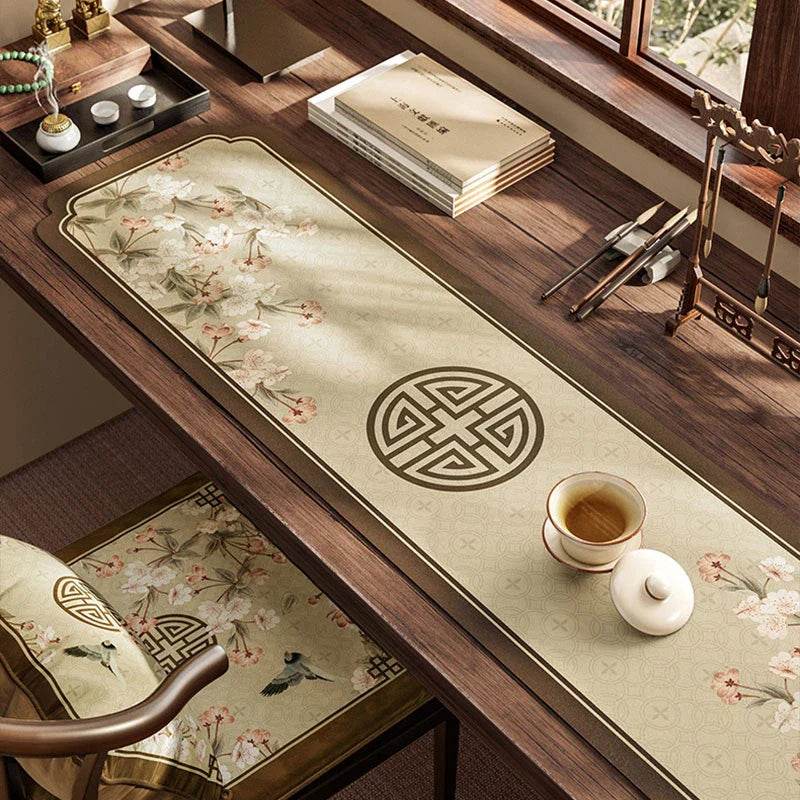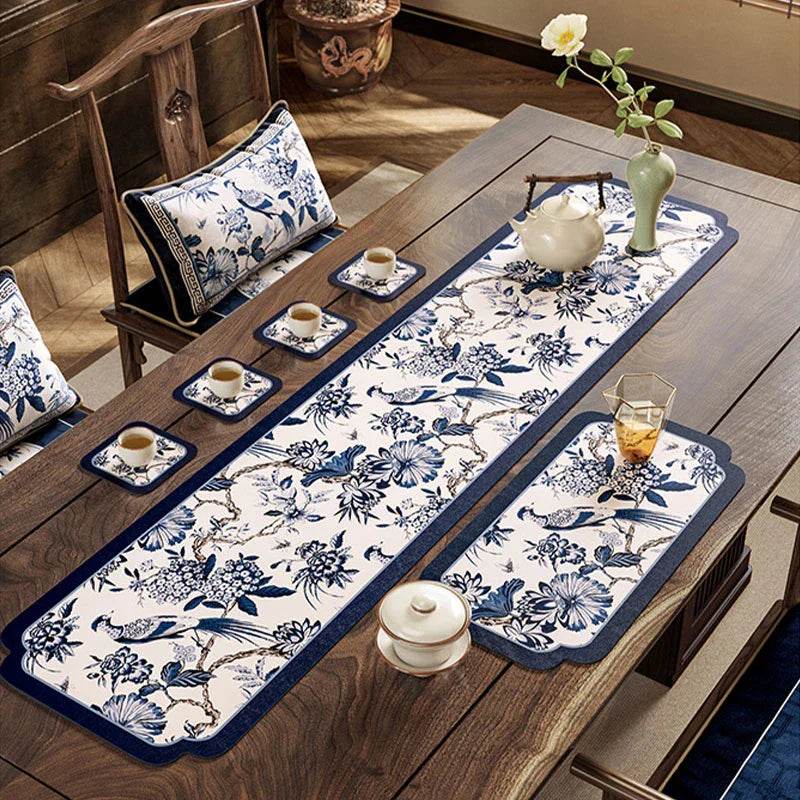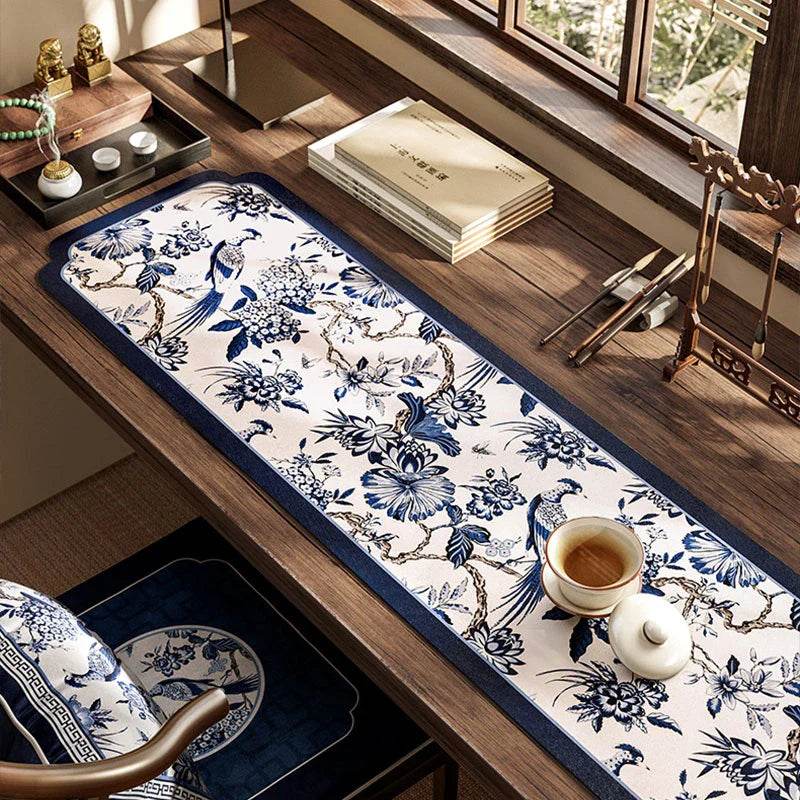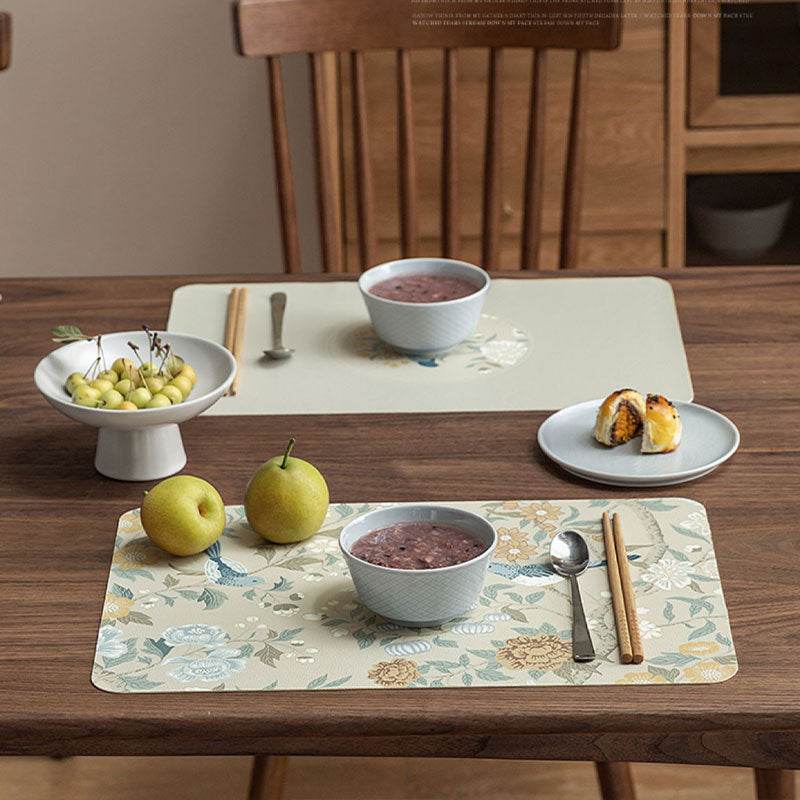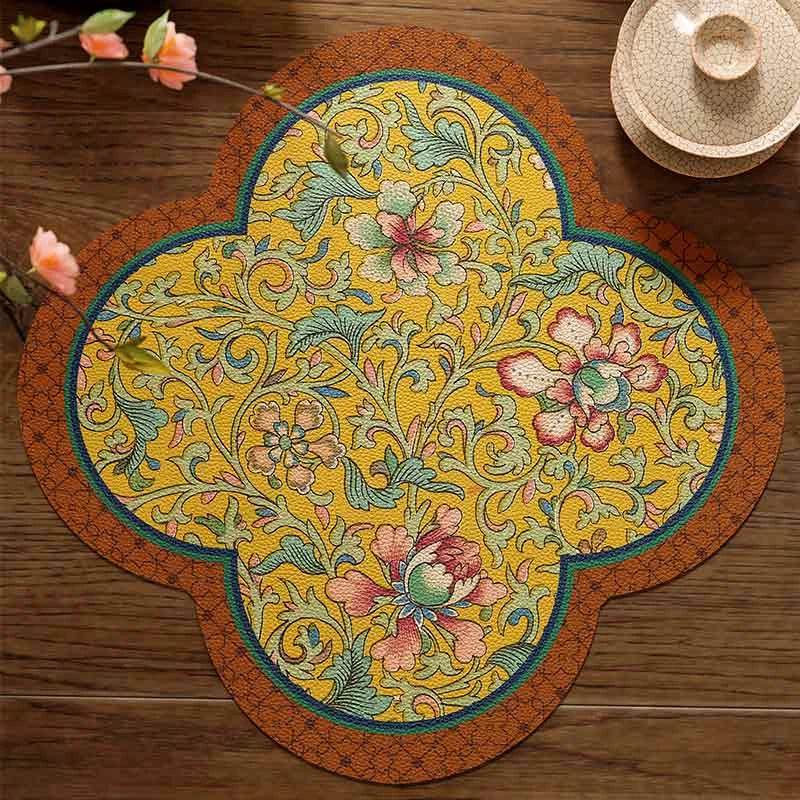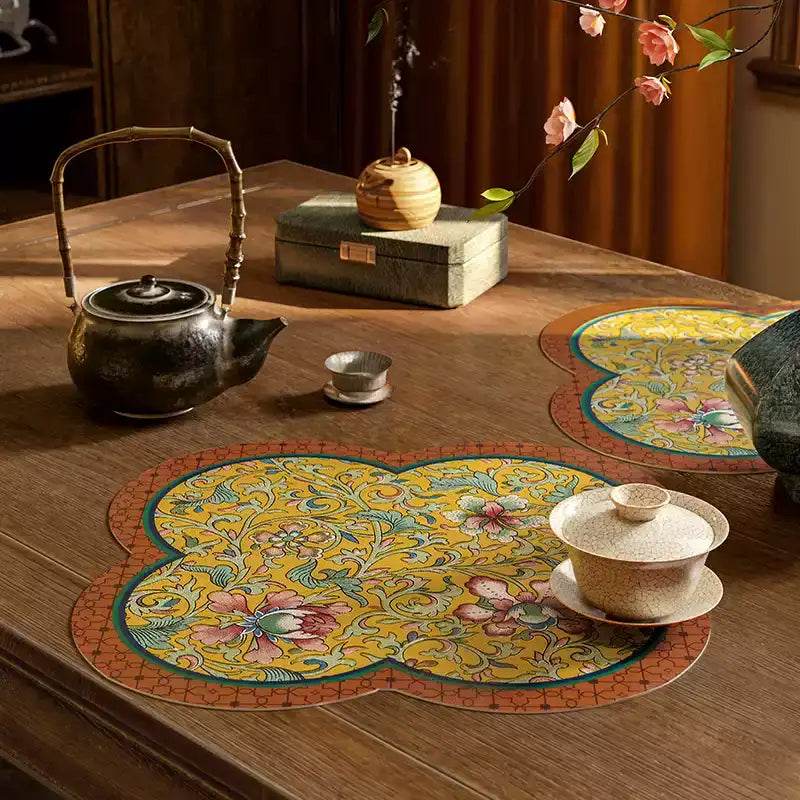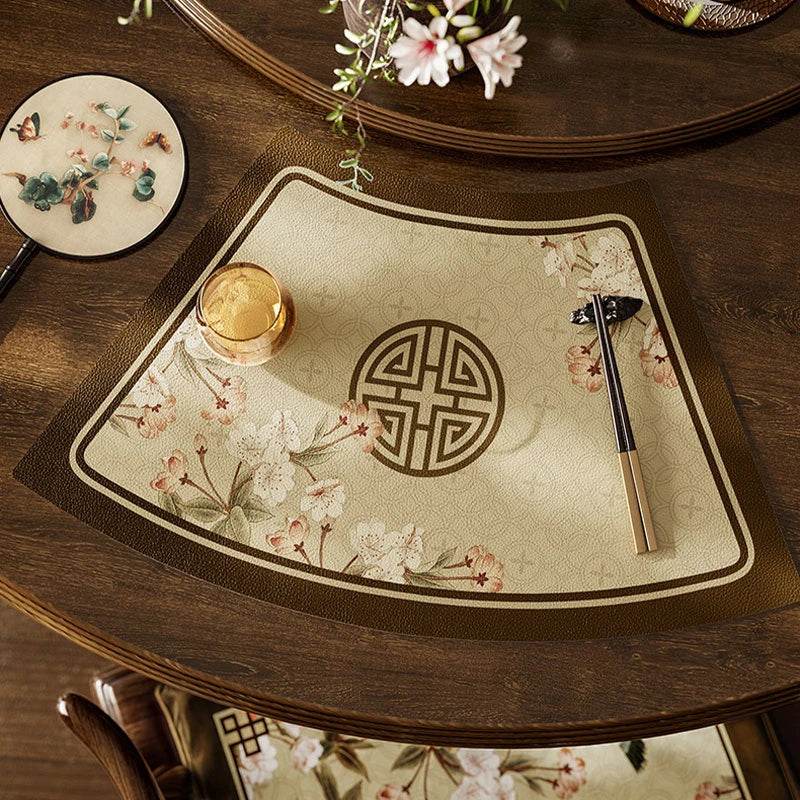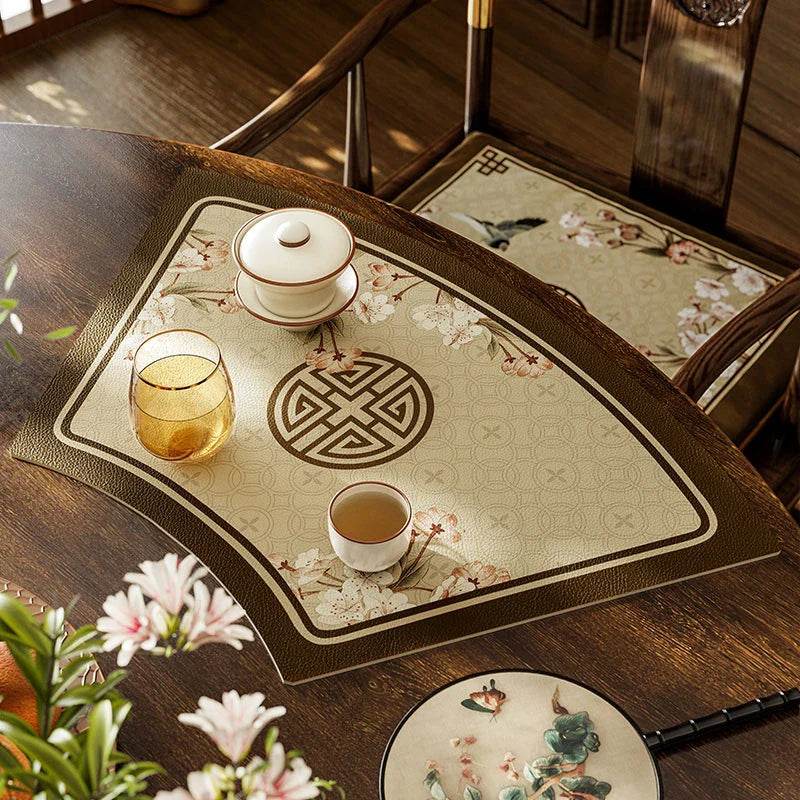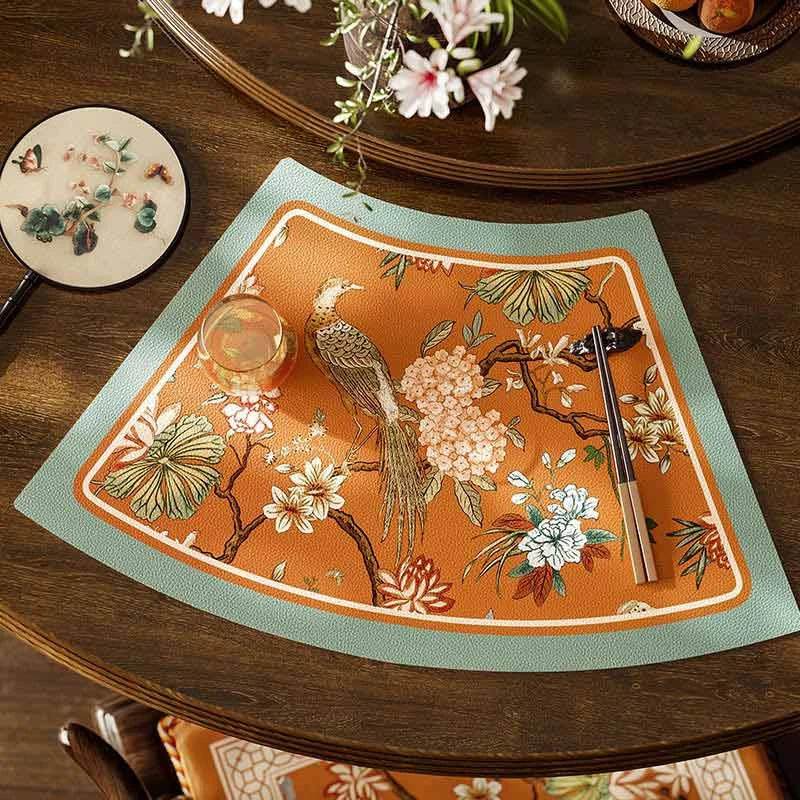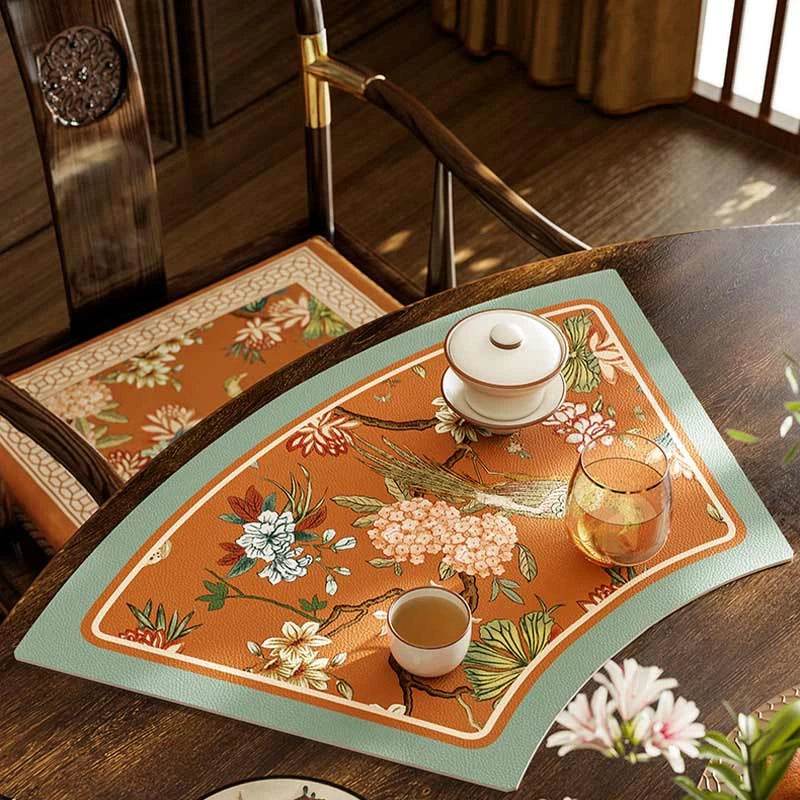Porcelain is one of China’s most enduring contributions to world culture. With a history that stretches back thousands of years, Chinese ceramics evolved from simple clay vessels into refined works of art admired across the globe. Each era tells a story—not only of changing techniques, but also of society’s shifting values, aesthetics, and innovations.
I.Origins in the Neolithic Age
From clay to the first ceramics:
Chinese porcelain traces its roots to the Neolithic period, when early communities shaped clay into practical vessels. These handmade pieces were simple in form and decoration, serving basic needs such as storing food and water. Though modest, they marked the beginning of humanity’s artistic and functional relationship with ceramics.

Colored Pottery Jar (c. 4000 BCE)

Colored Pottery Jar - Bottom (c. 4000 BCE)
II.The Bronze Age Influence: Xia, Shang, and Zhou Dynasties
Ceramics inspired by bronze artistry:
With the rise of bronze casting, pottery forms and decorations began to imitate metalwork. During the Shang dynasty, proto-porcelain emerged, with glazes in soft green or yellow tones. This was a pivotal step toward the translucent beauty later associated with Chinese porcelain.

Shang Dynasty Pottery 'Yi'匜 ( Shang Dynasty,BC2000-BC221)
III.Innovation in the Qin and Han Dynasties
Expanding scale and artistry:
The Qin and Han dynasties saw ceramics grow in both quantity and sophistication. New types appeared, such as glazed earthenware and painted pottery, showcasing advanced techniques and vibrant patterns. Excavations from sites like the Mawangdui tombs in Changsha reveal how ceramics were not just practical objects, but also cultural symbols of status and ritual.

Green Glazed Pot(Western Han Dynasty, 206 BCE–25 CE)

Green-glazed Ceramic(Han Dynasty,206 BCE–220 CE)
IV.Flourishing in the Sui and Tang Dynasties
The rise of celebrated kilns and Tang Sancai(three-colored ware):
The Sui and Tang periods are remembered as a golden era for Chinese ceramics. Kilns such as Yue越 ware in Zhejiang and Xing邢 ware in Hebei produced finely glazed wares. Most iconic was Tang Sancai (three-colored ware), with its lively glaze of yellows, greens, and browns, which reflected the cosmopolitan spirit of the Tang dynasty and became prized exports along the Silk Road.


V.The Golden Age: Song and Yuan Dynasties
From the Five Great Kilns to blue-and-white porcelain:
The Song dynasty elevated porcelain into an art form of subtle beauty and restrained elegance. The Five Great Kilns—Ru汝, Guan官, Ge哥, Jun钧, and Ding定—each developed unique glaze colors and textures, considered masterpieces of understated refinement. In the Yuan dynasty, blue-and-white porcelain emerged, decorated with cobalt pigments, and soon became one of the most recognized styles of Chinese porcelain worldwide.


VI.Mastery in the Ming and Qing Dynasties
Porcelain as global luxury:
The Ming dynasty established Jingdezhen景德镇 as the porcelain capital of China, producing brilliant blue-and-white wares alongside polychrome and monochrome glazes. By the Qing dynasty, artisans expanded further with techniques like famille rose (粉彩) and cloisonné-inspired enamels, creating pieces of extraordinary detail and color. Chinese porcelain became a coveted luxury in Europe, influencing global tastes and sparking a centuries-long fascination.


VII.Porcelain in Modern Times
Tradition meets innovation:
In the modern era, porcelain continues to evolve. Factories adopted industrial methods, while artists experimented with bone china and contemporary designs. Today, Chinese porcelain bridges tradition and modernity, appearing in everything from fine tableware to avant-garde art, keeping alive a craft that is both historic and innovative.


Looking The Future of Chinese Porcelain
The story of Chinese porcelain is not only a record of artistic brilliance, but also a reflection of China’s enduring culture—resilient, adaptive, and endlessly creative. From simple clay vessels to the refined porcelain admired worldwide, each piece embodies centuries of craftsmanship. Today, this legacy continues through innovations like bone china, a modern evolution of traditional porcelain that brings elegance and durability to everyday dining. By introducing more people around the world to Chinese-made bone china tableware, we hope to share a heritage that has always found beauty in earth and fire—now reimagined for contemporary homes across the globe.

